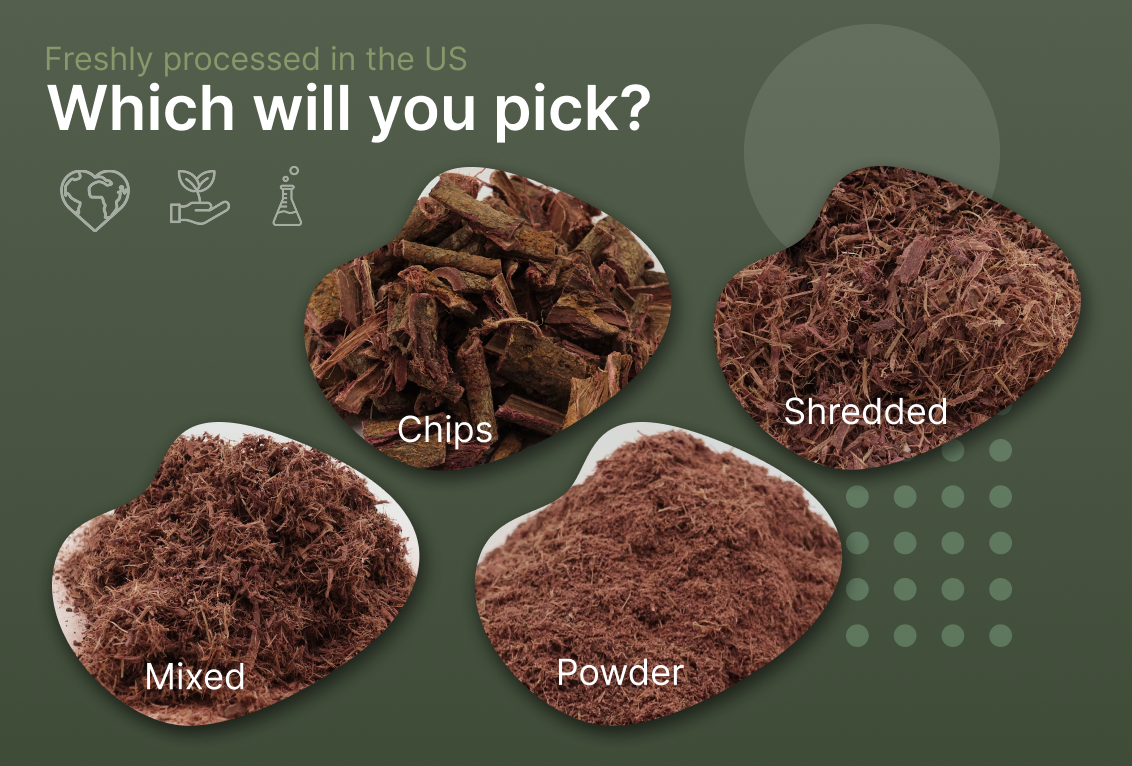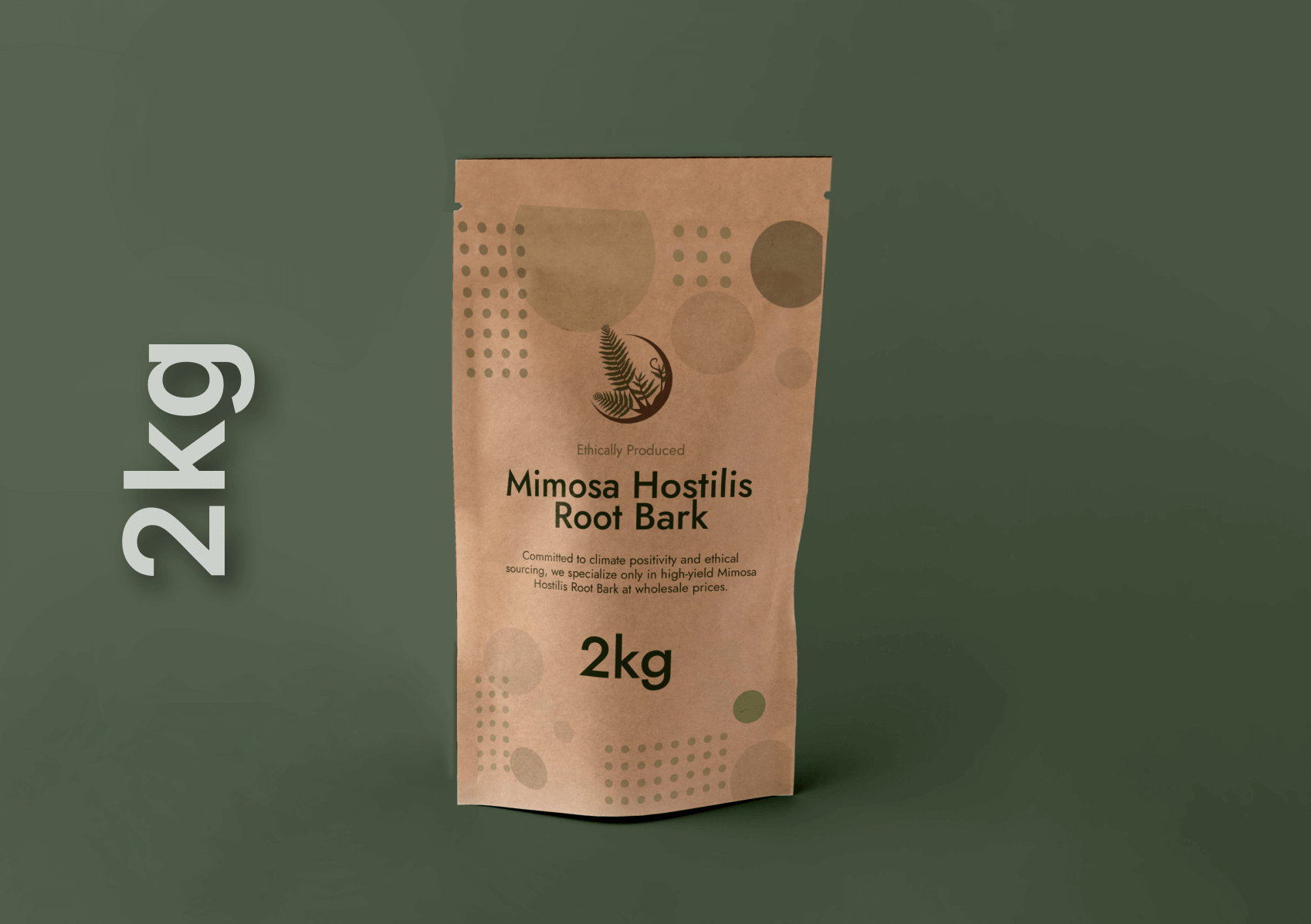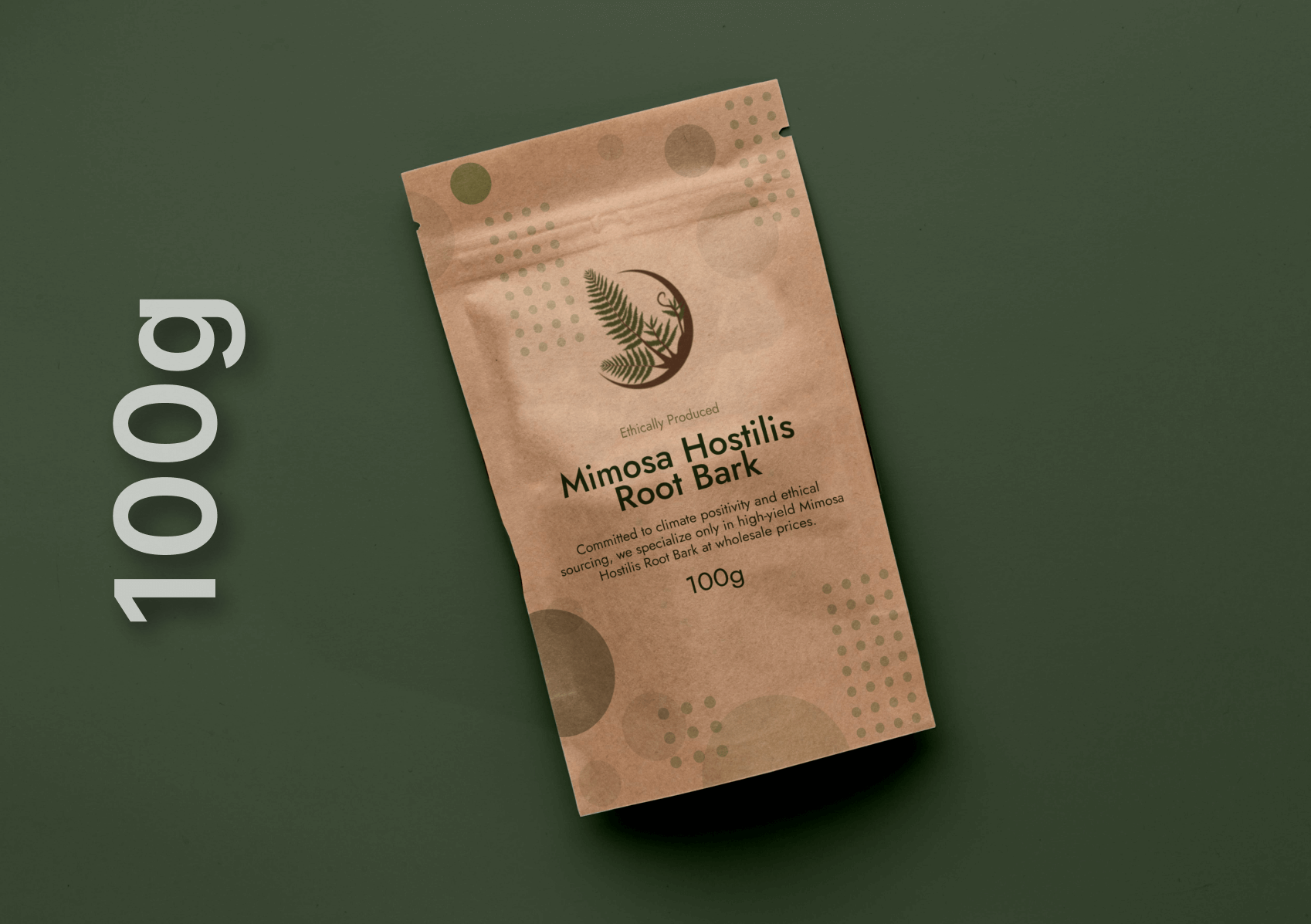Mimosa Hostilis, also known as Mimosa tenuiflora or Jurema Preta, is a perennial tree native to the northeastern regions of Brazil and parts of Mexico. For centuries, indigenous communities have revered this plant for its remarkable healing properties and its profound role in spiritual awakening. Its root bark, rich in bioactive compounds, is traditionally used in sacred rituals aimed at expanding consciousness and connecting the physical world with the spiritual realm.
In modern times, this mystical plant has drawn the attention of scientists, holistic healers, and psychonauts alike, not just for its cultural significance but for its potential to unlock deeper dimensions of human awareness.
The Ethnobotanical Legacy of Mimosa Hostilis
Sacred Traditions and Indigenous Use
In ancient Brazilian and Mexican shamanic traditions, Mimosa Hostilis played a central role in ayahuasca analogues and Jurema rituals. These ceremonies, often guided by experienced shamans, were conducted to induce visions, facilitate emotional healing, and gain insight from the spirit world.
The root bark of the plant was brewed into a potent Jurema drink, symbolizing the bridge between the mundane and the divine. Participants reported enhanced perception, feelings of unity, and a sense of connection to nature and cosmic intelligence.
For the Totonac and Tzotzil peoples of Mexico, Mimosa Hostilis was more than just a spiritual tool—it was a medicine tree, used for wound healing, skin regeneration, and respiratory support.
The Science Behind Consciousness Expansion
Phytochemistry and Active Compounds
The root bark of Mimosa Hostilis contains a rich array of bioactive alkaloids, tannins, and saponins. Of particular interest is the compound N,N-Dimethyltryptamine (DMT), a naturally occurring molecule also found in the human brain.
Researchers propose that DMT plays a vital role in dream states, near-death experiences, and altered states of consciousness. When used in ceremonial contexts, the synergistic interaction of Mimosa Hostilis with other natural inhibitors allows for the experience of heightened awareness, introspection, and visionary states.
This biochemical connection has led scientists to explore whether Mimosa Hostilis could serve as a gateway to understanding the neurological basis of spiritual experiences, bridging ancient wisdom and modern neuroscience.
Healing Beyond the Physical: Mind-Body Integration
The Psychological Impact of Mimosa Experiences
Ceremonial use of Mimosa Hostilis often involves deep introspection and emotional catharsis. Participants describe it as a journey into the subconscious—a chance to confront suppressed emotions, traumas, or personal limitations.
These experiences can foster profound psychological healing by dissolving egoic boundaries, leading to greater empathy, compassion, and self-understanding. In holistic psychology, this process mirrors shadow integration, a core concept in Carl Jung’s framework of personal transformation.
Through such inner work, individuals report expanded consciousness, characterized by a heightened sense of unity, purpose, and spiritual clarity.
Traditional and Modern Healing Applications
Natural Skin Regeneration and Wound Care
Beyond its spiritual implications, Mimosa Hostilis root bark possesses exceptional antimicrobial, analgesic, and regenerative properties. For centuries, healers have used powdered bark to treat burns, wounds, ulcers, and other skin conditions.
Studies have shown that its high tannin and flavonoid content promotes collagen synthesis, making it a powerful natural remedy for skin repair. Modern skincare brands are beginning to incorporate Mimosa Hostilis extract into creams, soaps, and serums to harness its rejuvenating and anti-aging benefits.
Internal Healing and Immune Support
In traditional medicine, Mimosa Hostilis is brewed as a decoction to support digestive health, fight infections, and strengthen the immune system. Its potent antioxidants help neutralize free radicals, while its anti-inflammatory properties contribute to overall wellness and vitality.
Mimosa Hostilis and the Modern Spiritual Renaissance
Psychedelic Research and Consciousness Studies
In recent years, the psychedelic renaissance has rekindled scientific and cultural interest in plants like Mimosa Hostilis. Researchers from institutions such as Johns Hopkins and Imperial College London are exploring the therapeutic potential of DMT and related tryptamines in treating depression, PTSD, and anxiety.
Unlike synthetic compounds, plant-based sources such as Mimosa Hostilis carry ancestral wisdom, integrating healing through body, mind, and spirit. This holistic perspective challenges the reductionist approach of Western medicine and revives ancient ecological consciousness—the understanding that human well-being is inseparable from the health of the planet.
Ethical and Sustainable Sourcing
Protecting the Sacred Ecology
With growing demand for Mimosa Hostilis in global markets, sustainability has become a pressing concern. Ethical harvesting practices ensure that the trees are not destroyed during bark collection, preserving both biodiversity and the cultural traditions tied to this sacred plant.
Responsible suppliers focus on regenerative sourcing, community partnerships, and reforestation efforts in native habitats. Supporting such initiatives helps maintain ecological balance while honoring the spiritual legacy of the plant.
Integrating the Wisdom of Mimosa Hostilis into Modern Life
Mindfulness, Meditation, and Nature Connection
You don’t have to participate in a traditional ceremony to benefit from the teachings of Mimosa Hostilis. The plant’s message is one of harmony, humility, and interconnectedness—principles that can be integrated through mindfulness, meditation, and ecological awareness.
Practicing gratitude, spending time in nature, and cultivating inner stillness can help individuals access similar states of expanded consciousness that Mimosa Hostilis symbolizes.
The true essence of this plant lies not just in its chemistry but in its ability to remind humanity of its spiritual roots and collective responsibility toward the Earth.
Conclusion: The Path to Expanded Consciousness
Mimosa Hostilis stands at the crossroads of science, spirituality, and sustainability. Its ancient use as a bridge to expanded awareness continues to inspire seekers and scholars alike. Whether studied through the lens of biochemistry, psychology, or shamanism, it remains a symbol of transformation and unity.
In the modern age, as humanity grapples with disconnection and materialism, the teachings of Mimosa Hostilis invite us to return to balance, to rediscover the sacredness of life, and to awaken to the full potential of consciousness.
FAQs – Mimosa Hostilis and the Quest for Expanded Consciousness
1. What is Mimosa Hostilis used for?
Mimosa Hostilis is traditionally used for spiritual ceremonies, skin healing, and herbal medicine. Its root bark is known for regenerative properties that support wound care, while its historical use in rituals is tied to expanded states of consciousness and introspection.
2. Is Mimosa Hostilis legal to use?
The legality of Mimosa Hostilis varies by country. While the tree itself is generally legal to possess, its root bark may contain compounds (like DMT) that are controlled substances in some regions. Always check local laws before purchasing or using Mimosa Hostilis products.
3. Can Mimosa Hostilis be used in skincare?
Yes. Mimosa Hostilis root bark powder is highly valued for its antimicrobial, antioxidant, and collagen-boosting properties. It is used in natural soaps, creams, and salves to promote skin healing, reduce scars, and improve overall skin health.
4. Does Mimosa Hostilis cause psychoactive effects?
When used traditionally in Jurema ceremonies or combined with other plants, Mimosa Hostilis can produce psychoactive effects due to its DMT content. However, in cosmetic or topical uses, it is non-psychoactive and completely safe.
5. How can Mimosa Hostilis support personal growth or mindfulness?
Beyond its physical benefits, Mimosa Hostilis symbolizes connection, introspection, and unity with nature. Incorporating its wisdom through mindfulness, meditation, or plant-based rituals can help individuals cultivate greater awareness and emotional balance.




